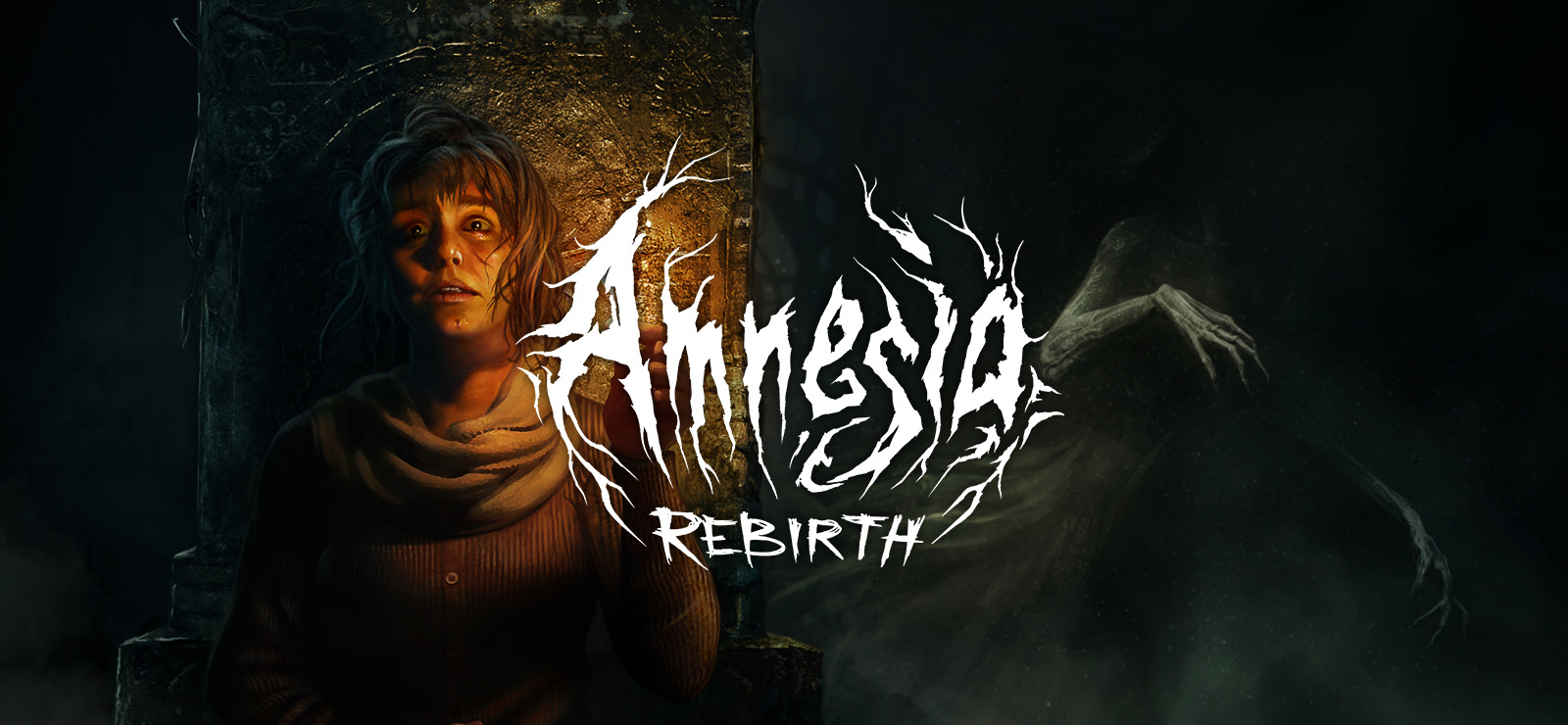

Funniest Amnesia Custom Story Free Time Now Press question mark to learn the rest of the keyboard shortcuts Log in sign up User account menu 16 Long and scary custom stories. This jumpscare that happened to a Finnish lets playerstreamer. Not necessarily a recommendation but a nice scare that came to mind.

Press question mark to learn the rest of the keyboard shortcuts Log in sign up User account menu 2 Best Jumpscares Amnesia: The Dark Descent Custom Stories.Ĭomments down asap 3 comments share save hide report 100 Upvoted Log in or sign up to leave a comment log in sign up Sort by best.

This course examines the different approaches taken to remembrance by writers/artists and explores the ways in which memory and trauma are framed in literature, film and the visual arts.Funniest Amnesia Custom Story By imilokbron1977 Follow | Publicįunniest Amnesia Custom Story Full Conversion Amnesiaįunniest Amnesia Custom Story Free Time Now However, a significant trend has emerged within Northern Irish cultural responses to the Belfast Agreement and the ensuing peace process, one which indicates a determined resistance to amnesia and which promotes an ethical approach towards the act of remembrance.

In the effort to maintain existing ceasefires, and to seek a political solution, it has been deemed expedient for 'Justice' to remain blind (or rather, to turn a blind eye) to certain past crimes. Following the Belfast Agreement (1998) and the outbreak of peace in the province, a pronounced tension has emerged in Northern Irish society between the urge to remember and the desire to forget the atrocities carried out during the period of the so-called 'Troubles', with politicians time and again walking the fine line between amnesty and amnesia, whether willingly or not. This course considers how some of the artists framed these dilemmas and how they have been framed by them. Situated within a particular community, the artist often found themselves within 'narrow ground' and thus attempted to forego a subjective response in favour of either cold objectivity or maddening obliquity however, with so many pressures on Northern Irish writers, photographers and film-makers to respond to the violence, the aesthetic and critical grounds seemed to become narrower and narrower. Does Northern Ireland's history interweave with or overwhelm the artistic imagination? From 1968-1994, Northern Irish writers and artists found themselves addressing key questions in their attempt to 'tell their story': what is the role of the artist in a divided society, and must s/he engage with political events? The creation of art in a time of violence brought about anxieties concerning partisanship and exploitation.


 0 kommentar(er)
0 kommentar(er)
